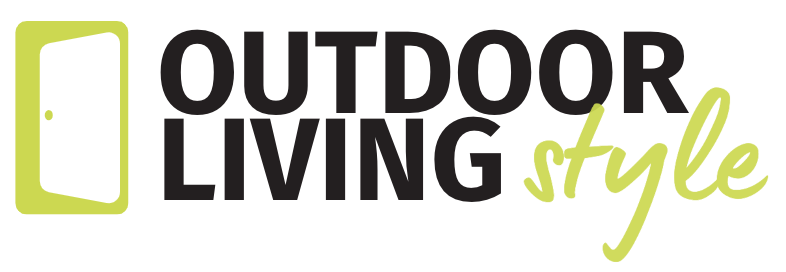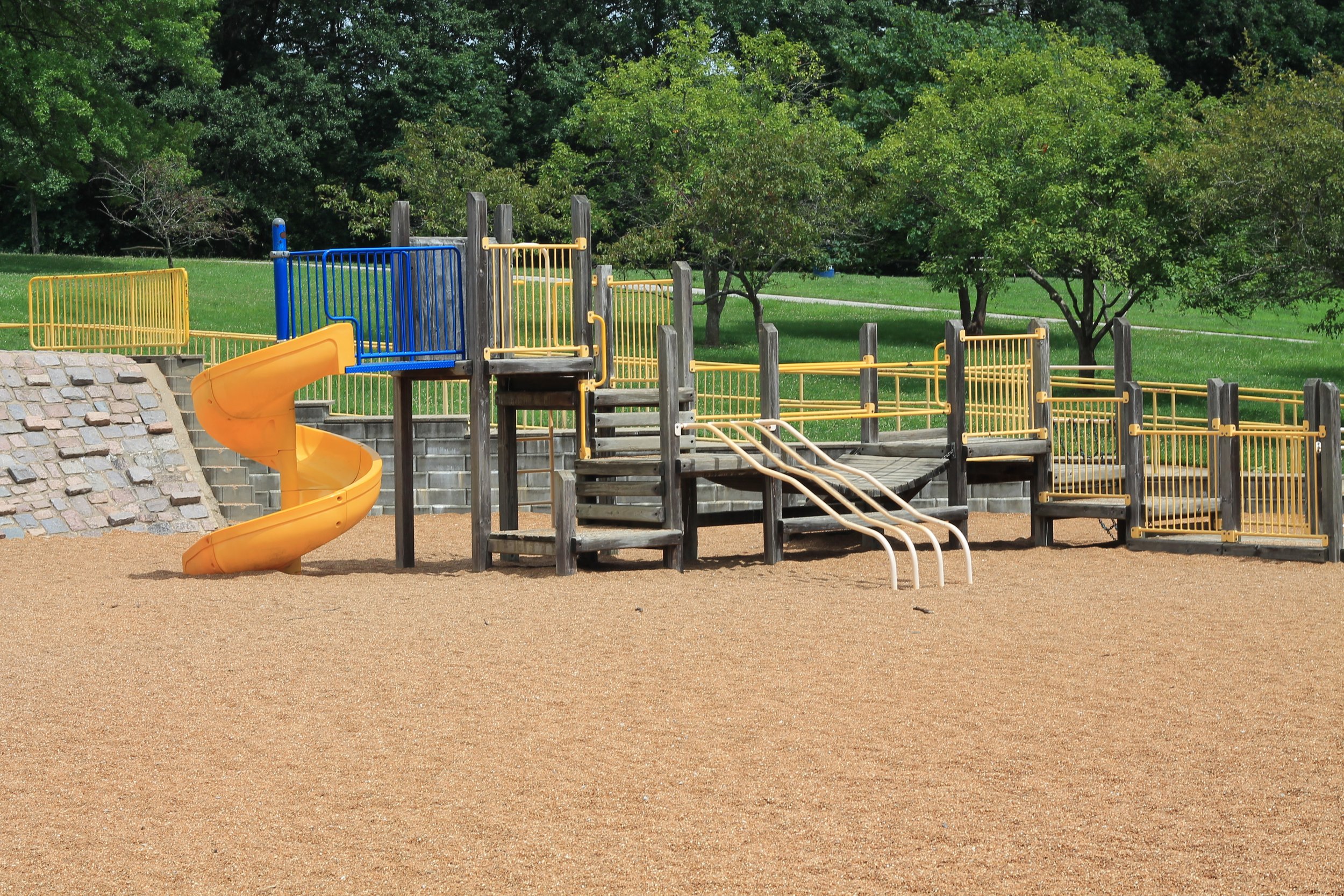Using Pea Gravel for Kids Playgrounds: A Good Choice?
If you’re constructing a backyard playground, you might consider using pea gravel as a ground surface. A pea gravel playground can seem pretty appealing, especially from a financial viewpoint, as it is relatively inexpensive compared to premium synthetic ground coverings.
But a pea gravel playground has pros and cons that you should be aware of. You need to decide if it will be durable and safe enough for your kids to play on. Here, we take a look at pea gravel and explore whether or not it’s a viable ground cover material for your kids playground.
What Is Pea Gravel?
Pea gravel is a loose bulk material made up of many small, round stones—they often resemble peas, hence the name. ⅜ pea gravel is just about the largest size you will find (and the most common), but it’s available in a range from ⅛-inch to ½-inch.
Often used for paths, driveways, and patios, you’ll also sometimes find pea gravel used as a fill material around paving stones, surrounding water features, and depending on the site conditions, drainage. It’s permeable, so water will flow through it. Gray pea gravel is extremely common, and you can also find other natural colorings, like brown, rust, white, translucent.
One place you won’t find pea gravel is in a public playground. The ADA determined that pea gravel does not comply with their standards for accessibility because it shifts too easily and can limit the mobility of some potentials.
So, public-use playgrounds don’t use pea gravel. But is pea gravel the right ground cover for your playground at home? Let’s dive deeper.
Pea Gravel Playgrounds: Pros and Cons
Pros
When pea gravel is laid down nine inches deep, it is proven to reduce the impact of falls up to five feet
Not conducive for the growth of mold, mildew, bacteria, or microbes
Inexpensive, simple installation
It easily blends with existing designs
Cons
Needs frequent inspection for foreign materials
Falls onto stone still hurt and skin knees and elbows easily
Stones are easy to pick up, play with, or even put in a child’s mouth
Routine raking required to maintain adequate depth and a level surface
Easily thrown, scattered, or disrupted
Breaks down and compacts over time
Large volume and weight required for fall protection
Safety
Pea gravel provides impact attenuation for falls from playground equipment. But, it must be laid down pretty thickly, with depths of about twelve inches recommended. And, its performance as an impact attenuator drops significantly if a fall is from heights over nine feet.
Installation and Initial Materials Cost
Pea gravel in bulk—commonly available at your local garden center—is very inexpensive. You’re also going to need quite a bit of it to provide an adequate cushion for potential falls off your playground equipment.
That probably means you’re going to have to pay a few dollars for delivery. However, pea gravel will still likely be less expensive to use as your ground cover than synthetic materials or rubber mats or tiles.
It’s certainly more expensive than just growing grass under your playground, but grass doesn’t provide much impact attenuation for someone who falls.
You may have also heard of some people using sand as ground cover under their playgrounds. But, consider that sand moves easily, behaves quite differently when wet, and is a favorite material for children and animals to dig in.
For a very small playground project, you could potentially purchase individual bags of pea gravel instead of a truckload. But it will probably take a lot more bags than you expect. For instance, if you were building a small playground measuring 10 feet square and need a nine-inch depth of pea gravel, you will need about 150 half-cubic-foot bags.
Combined, all those bags of pea gravel would weigh 7200 pounds! And a nine-inch pea gravel ground cover is at the lower end of the minimum needed for fall impact attenuation. If you have tall playground equipment, the potential for falls from greater heights will require even more depth.
That increased amount of pea gravel means more weight. A handful of gravel is pretty light, but it takes a lot of it to make a playground’s ground covering.
How Much Pea Gravel Will I Need?
If you’re curious about how much pea gravel you need for your project, try using a material calculator to estimate your needs. You can even estimate costs. Once you know how much material you need, you can inquire with a local company that supplies pea gravel deliveries.
Keep in mind that they probably won’t want to drive their truck on your grass, so you may need to hire someone to move the delivered pea gravel to your playground area. Or, you’ll need a wheelbarrow, a shovel, and maybe a couple of helpers.
You’ll also need a rake to level your pea gravel when it’s all dumped at the playground. The surface needs to be as close to uniform as possible.
Long-Term Maintenance Costs of Using Pea Gravel for Playgrounds
The initial costs of a pea gravel playground are pretty reasonable. But over time, it will need maintenance, and that will potentially contribute to your total costs. Consider that you’ll need to rake the pea gravel regularly to ensure that it’s level.
Frequent raking might be annoying, but it’s not going to be as expensive as replacing your pea gravel. Pea gravel tends to break down into smaller pieces over time, especially in areas where seasonal temperatures get quite cold. As it breaks down, it compacts further, limiting its cushioning ability.
So, you will need to replace it periodically, which means paying to remove it and then re-installing new material. Those costs can add up over the years.
Bottom Line
Pea gravel is suitable for playground ground coverings when it is deep enough to cushion falls. But, it needs regular maintenance, and there will be long-term maintenance costs.

